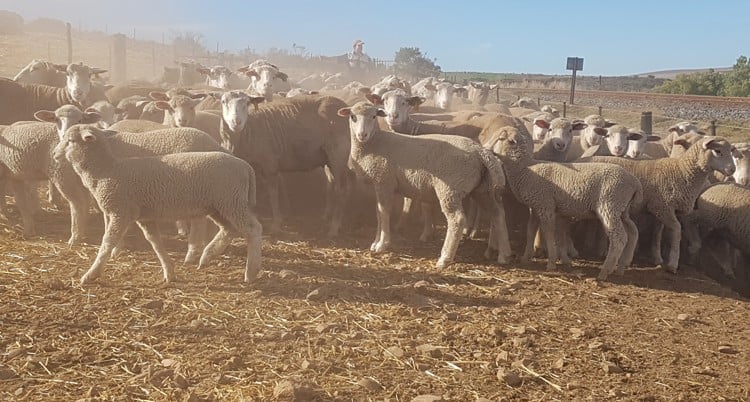Feeding during periods of drought
Over the past decade or so, the gap between the cost of the two options has become much smaller due to the increase in labour costs, diesel, mixing costs, lack of time and "expertise and control". Self-mixing started to play a much smaller role. Even in the field of margin over feed costs, we also see that in most cases purchased feeds are more economical to buy than to produce self-mixed rations.

However, we are working in a continuously changing environment, and what was applied and worked last year is not necessarily the best option for this year. For example, we saw an above-average rate grain production in the Southern Cape over the past few years, and farmers were forced to utilize a portion of their grain themselves. The quality of this grain was not necessarily good or they may not have had contracts for the excess grain. Due to the overproduction, the cost structure was also completely different from previous years, and together with this we are presently in the midst of a severe drought. The question is, how does one change a proven buy-in feed that suits you to a self-mixing scenario without sacrificing production profits?
Mr Steyn van Zyl, who is farming near Swellendam, was confronted by the above-mentioned situation. Steyn mainly uses Dormer rams on his Dohne Merino ewes. The Southern Cape is currently experiencing a severe drought, and while pastures were planted with lucerne in previous years, this year the feed rings are now filled with barley straw on these pastures. At this stage, barley straw is the only roughage available. One can therefore expect that the condition of animals will be weaker than in previous years.
In the light of these circumstances, Steyn, in collaboration with De Heus, looked at concentrates rather than using ready-mixed feeds to make the best of the current situation. He decided to use RumiLick® Multimax Concentrate (V24942) in his grain mix. The product contains 40% proteins, of which only 37,5% originate from NPN sources. Producing ewes perform better when products high in natural proteins are fed, versus protein products derived mainly from NPN sources.
The general recommendation is as follows, but may vary depending on available raw materials:
The first group of ewes was moved on to the production lick three weeks before lambing and the signs that it promoted production were immediately seen. Steyn's first remark was: "The ewes' udders look bigger and fuller. They seem to give good milk. I am particularly impressed with the ability of the ewes to maintain good condition.”
Although the ewes were fed the RumiLick® Multimax Concentrates, RumiComplete® Ewe and Lamb Creep (V24945) was also fed to the lambs as creep feed. Furthermore, Steyn said: "Things are looking good according to the data I have collected. Although it is so dry we are still weaning heavy lambs." He said the lambs wean on 100 days at an of average 2 – 4 kg heavier than before.
Mr Van Zyl also started to feed the maintenance lick to his dry ewes. He remarked the following about their condition: "I am very pleased. I expected that we would have had feed more at this time. There has definitely been a very significant difference since I started buying feed from De Heus. "

